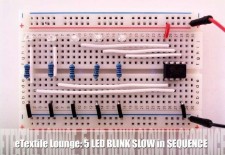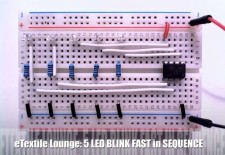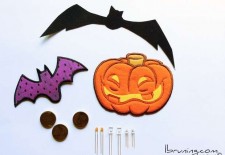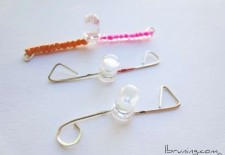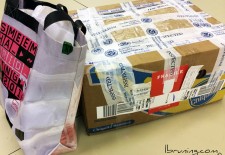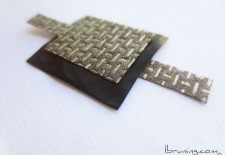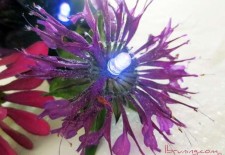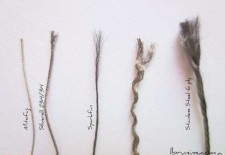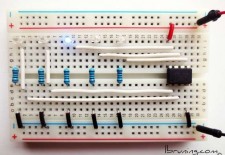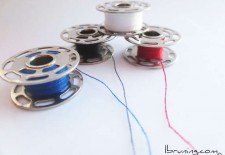5 LED Blink Slow in Sequence
New video on The eTextile Lounge youTube channel!. Arduino Code can be uploaded to ATtiny45 using the Arduino as ISP Tutorial /*FIVE LED Blink Slow in Sequence*/ /*Arduino Uno v.1.0.3 as ISP for Atmel ATtiny45 internal 8MHz clock*/ /*14 Ocotber 2014*/ /*lynne bruning for The eTextile Lounge*/ /*http://lbruning.com/etextilelounge*/ int led1 = 0; int led2 = 1; int […]
Read more ›
